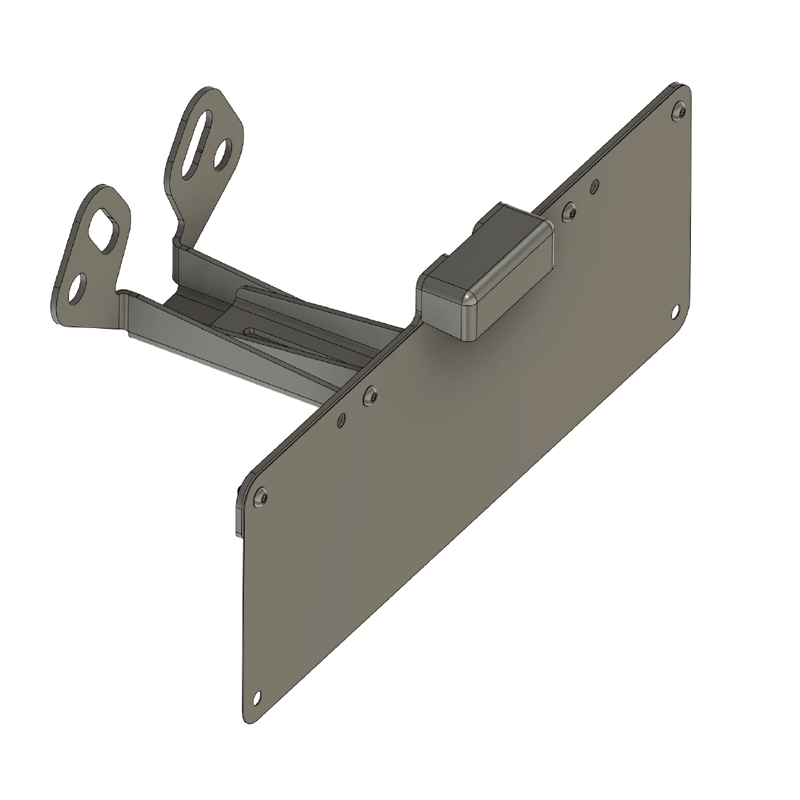Five Minute Engine Checks You Can Do Off-Road
Any switched-on off road driver will make sure their vehicle is in perfect running order before setting off on a trip, then check it when they get back to see if anything’s getting ready to fail. What a lot of people don’t do is carry out checks while they’re actually on the trip. That’s a bit unfortunate, because taking five minutes to check over your engine will nip a lot of problems in the bud.
Off road driving, especially in hot weather, puts a lot of strain on your engine and drive train. Any time you stop for a break, take a moment to do a few quick checks. It doesn’t need a lot of time. At a minimum have a quick look underneath – is anything dripping? A few drops of water from the aircon is fine; anything black or oily needs investigated right away. Any time you stop for more than a couple of minutes pop the bonnet and check there’s no sign of leaks under there. Also make sure dust and debris aren’t building up.
Whenever the engine’s cold take the chance to spend five minutes giving it a more thorough check. If you’ve camped overnight you can do this in the morning before hitting the road. Start with the radiator hoses – they’re a common point of failure. Look for any signs of cracks or leaks; give the hoses a squeeze to see what happens. Take a sample of the radiator fluid and see what it looks like. It should be clean and bright, with no oil or debris in it.
Lots of Australia is pretty dusty, so check your air filter too. If it’s picked up a lot of dust either brush the worst off or, if it’s really bad, fit a new filter from your spare part box. Don’t forget to wipe down the inside of the airbox and snorkel intake, too.
Go over the electrics. Spark plug and distributor leads can work loose, especially if you’re going over corrugations, so make sure they’re all firmly attached. All it takes is a push on the end to make sure everything’s secure. Inspect them for any sign of damage or cracking, too.
Once you’re sure everything is all still solidly put together, check your fluids. Oil and coolant can’t be checked when the engine’s warm, so take the chance at the start of the day to make sure they’re at the correct levels. Look at all the belts, too. It’s a lot easier to check them for tension while the engine’s cold and you don’t need to worry about burning yourself on anything.
Catching a problem early can mean the difference between spending a couple of minutes cleaning off, tightening up or refilling and finding yourself stuck beside a track in the middle of nowhere with a wrecked engine. All it takes is five minutes whenever you get the chance, and you can eliminate most engine issues before they become serious.







